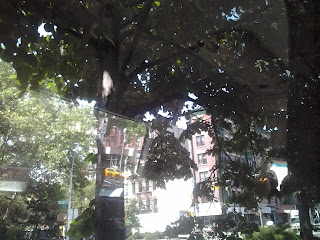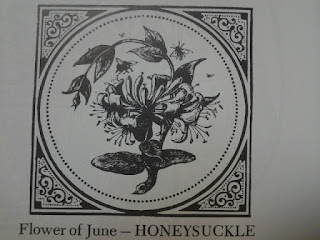So if you have ever been to American Museum of Natural History in New York City around Christmastime, you would have probably seen the Origami Holiday Tree. Here is a link to last year's Origami Holiday Tree (2012). For those of you that do not know of this tradition, every year the AMNH erects a Christmas tree, which has been decorated with origami creations to fit a theme; moreover, the origami is folded by volunteers, who undertake the project in July, while the tree is up and ready for display by November. Last year's theme was Museum Collections. If you are ever in NYC around Christmastime, I would really recommend going to see it~
But seeing as it is most certainly not Christmas (nor even near Christmastime), you may be wondering why I'm talking about the Origami Tree now. If you clicked on the first link above, you would have known that the annual Origami Holiday Tree is an event produced by OrigamiUSA, a society "devoted to origami, the art of paperfolding" as their site will tell you. In any case, OrigamiUSA holds an annual convention which, this year, was at the Fashion Institute of Technology (FIT). This year's convention was held from June 21 to June 24, and I was lucky to have been able to go with my sister and see all the wonderful origami the convention had to offer, so I decided to share some of the floral related ones with you all. So (after a very lengthy introduction), without further ado, I present to you the OrigamiUSA Annual Convention of 2013.
Enjoy~~
 |
| Tried to take pics of the namecards for all the wonderful creations. |
 |
| How cool would it be to own a flower shop as like this? |
A close-up of some of the flowers in the shop:
Money origami! Also, didn't get the artist--sorry!
 |
| In its entirety |
 |
| Tea, for those so inclined--it was really cool because this artist folded origami out of tea bags, some of which can be seen in this picture |











































